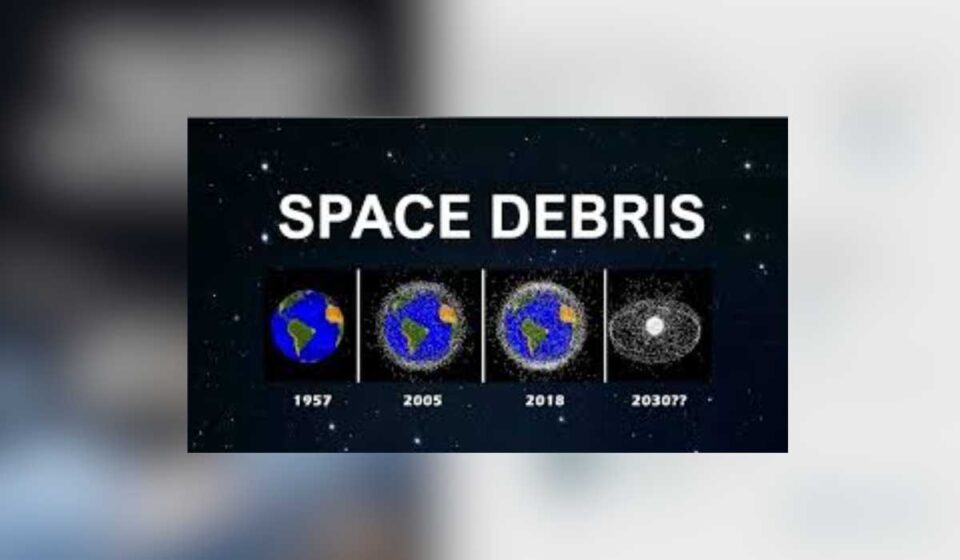With the rapid expansion of satellite launches and the growing commercialization of space, the problem of space debris has reached critical levels. Millions of pieces of debris, ranging from spent rocket stages to tiny fragments from past collisions, orbit the Earth at alarming speeds, posing a severe threat to operational satellites, space stations, and future missions. As concerns about space safety grow, the demand for innovative solutions to mitigate and manage debris has skyrocketed, paving the way for space debris management to evolve into a billion-dollar industry.
One of the primary drivers of this industry is the sheer scale of the space debris crisis. According to recent estimates, there are over 34,000 objects larger than 10 cm and millions of smaller pieces orbiting the planet. Even tiny fragments can cause catastrophic damage when traveling at velocities exceeding 28,000 km/h. This has prompted international agencies and private players to invest in technologies such as debris-tracking systems, collision avoidance software, and active debris removal (ADR) missions. Companies and governments are recognizing that without robust debris management, the future of space exploration and satellite operations is at serious risk.
Innovations in space debris removal are laying the foundation for a new market. From robotic arms and nets designed to capture debris to laser-based systems that nudge objects out of orbit, cutting-edge technologies are being tested and deployed. Japan’s Astroscale, for instance, has demonstrated capabilities for satellite end-of-life services and debris removal, while NASA and ESA are collaborating on missions like ClearSpace-1 to capture and deorbit defunct satellites. The commercial potential lies not only in cleaning up existing debris but also in creating preventive measures for new space missions, such as designing satellites with deorbiting systems or propulsion technologies that minimize the creation of additional debris.
Economic incentives are also driving the growth of this industry. Insurance companies are beginning to consider space debris risks when pricing policies for satellite operators, pushing companies to invest in mitigation technologies. Governments, too, are stepping in with regulations mandating responsible space practices. For example, the United States and European Union are implementing rules requiring satellite operators to deorbit defunct spacecraft within a specified time. These measures are encouraging private investment, with venture capital flowing into startups developing solutions for debris tracking, removal, and long-term management.
The future of the space debris management industry is promising, with projections estimating it could surpass $1 billion annually by the end of this decade. As the space economy grows, so too will the need for safer and more sustainable operations. Companies that pioneer cost-effective and scalable solutions will not only profit from the rising demand but also play a pivotal role in ensuring the longevity of humanity’s ventures into space. By addressing one of the most pressing challenges of the modern space age, the space debris management industry stands poised to become a cornerstone of the new space economy.


